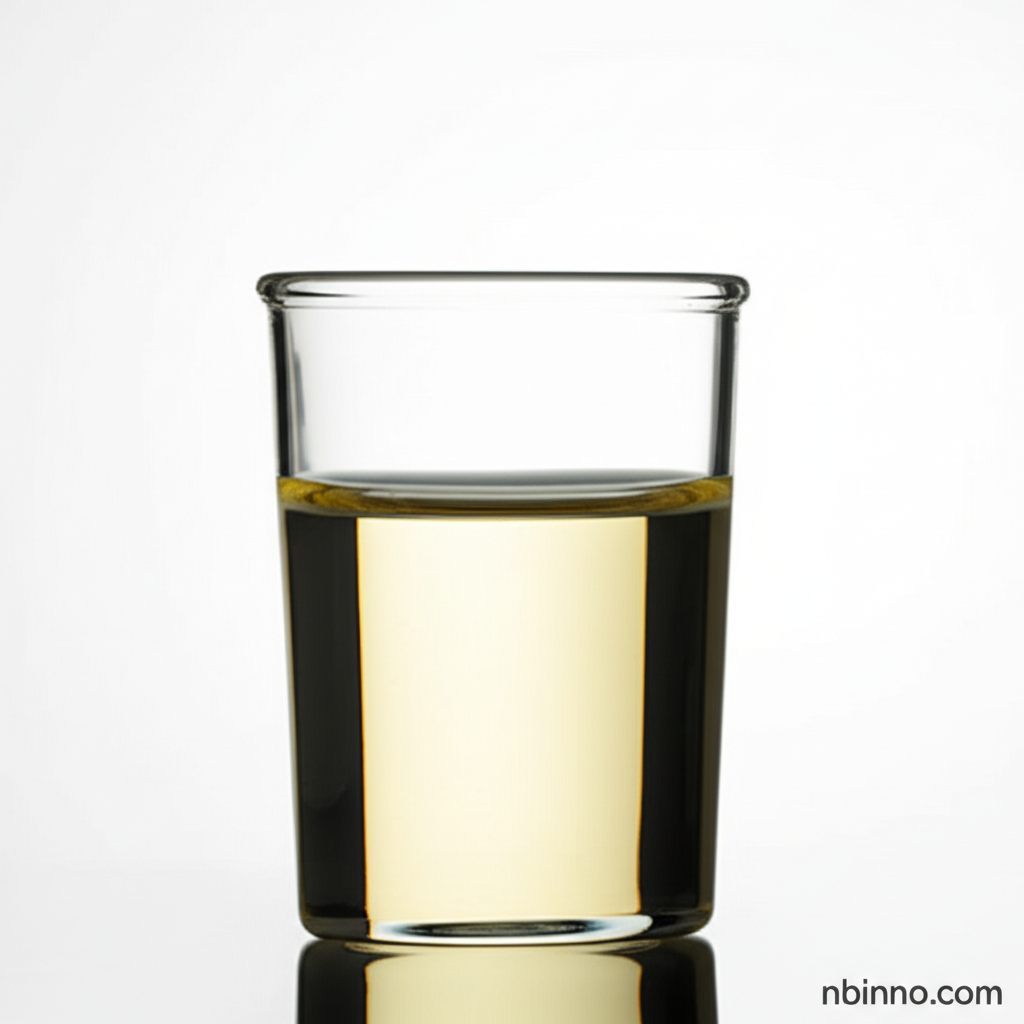Polyethylene Glycol (PEG): Properties, Applications, and Industrial Uses
Discover the versatile nature of Polyethylene Glycol (PEG), a key compound across medicine, cosmetics, and industry.
Get a Quote & SampleProduct Core Value

Polyethylene Glycol
Polyethylene Glycol (PEG) is a versatile polyether compound recognized for its non-toxic, odorless, and water-soluble nature. Its properties vary significantly with molecular weight, ranging from viscous liquids to waxy solids, making it indispensable in numerous fields.
- Leverage polyethylene glycol uses in medicine as a crucial excipient and laxative, ensuring patient comfort and effective drug delivery.
- Explore what is polyethylene glycol and its role in cosmetics as a moisturizer and thickener, enhancing product texture and efficacy.
- Understand the nuances of polyethylene glycol in drug delivery, where it improves bioavailability and prolongs the therapeutic effect of active pharmaceutical ingredients.
- Discover the broad spectrum of industrial uses of polyethylene glycol, from lubricants and preservatives to its application in textiles and pesticides.
Key Advantages of Polyethylene Glycol
Versatile Applications
From pharmaceuticals and cosmetics to industrial manufacturing, polyethylene glycol applications span across diverse sectors, highlighting its adaptability and widespread utility.
Enhanced Drug Delivery
The application of polyethylene glycol for drug delivery is revolutionary, improving solubility, stability, and sustained release of medications, crucial for improving patient outcomes.
Industrial Performance
In industrial settings, PEG acts as a superior lubricant and preservative, with polyethylene glycol wood preservation being a notable example of its protective capabilities.
Key Applications
Pharmaceuticals
Used as laxatives, excipients, and in drug delivery systems, showcasing its medical significance and its role in improving therapeutic efficacy.
Cosmetics
Acts as a humectant, solvent, and moisturizer in skincare products, lotions, and toothpastes, contributing to product texture and feel.
Industrial Manufacturing
Functions as a lubricant, surfactant, and binder in rubber, metal processing, and textile industries, enhancing production processes.
Preservation
Effectively preserves wood and historical artifacts by displacing water, preventing degradation and maintaining structural integrity.
